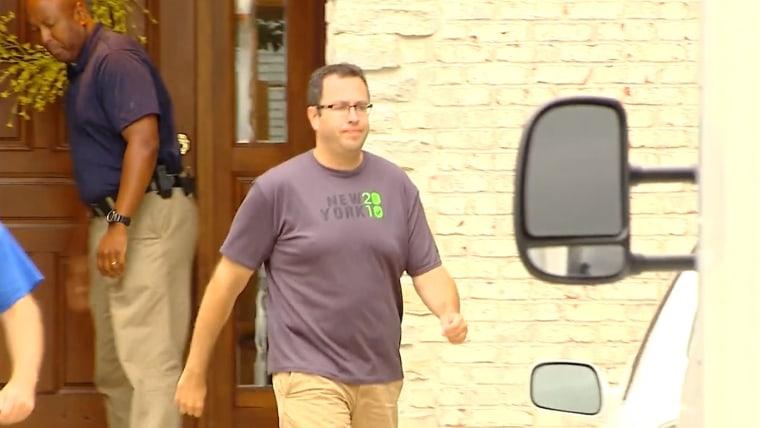In the shadowy aftermath of a tragedy that gripped a quiet college town, the veil of silence has been dramatically lifted. As the gag order dissolves, the intricate details surrounding the brutal murders of four University of Idaho students begin to surface, casting a stark light on the alleged perpetrator, Bryan Kohberger. What emerges is a complex narrative of forensic evidence, investigative tenacity, and the chilling mechanics of a crime that shocked a community and captured national attention. This unfolding story promises to reveal the methodical steps that led investigators to a young criminology graduate student, transforming him from an anonymous academic to a central figure in one of the most scrutinized criminal cases in recent memory. As new details surface in the chilling murder case of four University of Idaho students,the legal landscape has shifted,revealing unprecedented insights into Bryan Kohberger’s alleged involvement. Prosecutors and investigators have meticulously pieced together a complex narrative surrounding the brutal killings that shocked the quiet college town of Moscow, Idaho.
Forensic evidence played a critical role in connecting Kohberger to the crime scene. DNA traces recovered from a knife sheath left at the residence became a pivotal link in establishing his potential connection to the murders.Surveillance footage and cell phone records further complicated the investigative landscape, providing crucial breadcrumbs that ultimately led to his arrest.
Kohberger, a criminology PhD student at Washington State University, emerged as a prime suspect through sophisticated investigative techniques.Law enforcement tracked his vehicle’s movements, noting distinct patterns that aligned with the timeline of the murders. Microscopic analysis of trace evidence and sophisticated digital forensics contributed to building a extensive case.The victims—Ethan Chapin, Xana Kernodle, Madison Mogen, and Kaylee Goncalves—were brutally stabbed in their off-campus residence, sending shockwaves through the tight-knit college community. The randomness and intensity of the attack initially confounded investigators, who worked tirelessly to unravel the complex circumstances surrounding the murders.
Psychological profiling suggested that Kohberger’s academic background in criminal justice might have influenced his alleged methodical approach to the crime. Experts noted the calculated nature of the attack, which seemed to deviate from typical random violent encounters.
Cell phone data played a crucial role in reconstructing the events leading to the murders. Cellular tower records and digital communication patterns provided investigators with a comprehensive timeline of potential movements and interactions.
The gag order’s lifting has allowed unprecedented transparency into the examination, revealing intricate details that were previously sealed. Prosecutors have methodically presented evidence suggesting premeditation and a potential psychological motivation behind the heinous crime.
Legal proceedings continue to unfold, with Kohberger maintaining his innocence. The case has garnered notable national attention, highlighting complex issues surrounding campus safety and criminal investigations in small college communities.
As the judicial process advances,the families of the victims seek closure,while the broader community grapples with the traumatic aftermath of this unprecedented tragedy. The investigation represents a pivotal moment in understanding the intersection of criminal behavior, technological forensics, and justice system dynamics.










